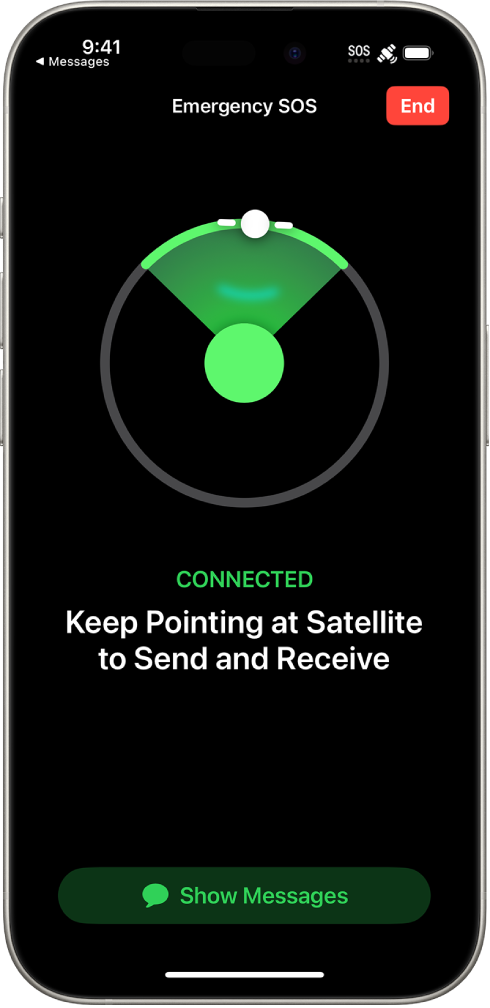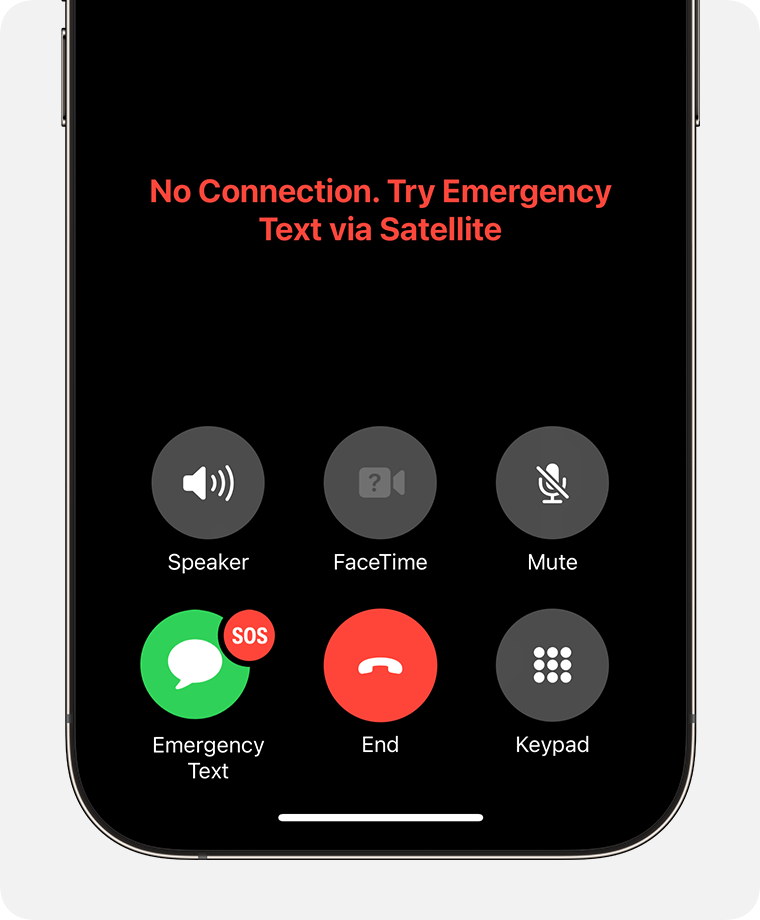As Hurricane Milton barrels through Florida’s west coast with 120 mph winds, the importance of being prepared has never been clearer.
If you’re in the Tampa or St. Petersburg areas, where extremely dangerous winds are now spreading, sheltering in place is essential. But what happens if you lose mobile or Wi-Fi coverage during this intense storm?
Here's how Emergency SOS via satellite on your iPhone can be a crucial lifeline in case traditional communication methods fail.
With the possibility of multi-vortex tornadoes and storm surges adding to the danger, now is the time to make sure your iPhone is ready.
How To Prepare Your iPhone For Emergency SOS via Satellite
Step I: Set Up Medical ID and Emergency Contacts
Before the storm hits full force, take a few minutes to update your Medical ID and emergency contacts in the Health app. In case of an emergency, these will be shared with responders, ensuring they have critical information if you're unable to communicate.
Step II: Try The Satellite Demo
Familiarize yourself with the Emergency SOS feature by trying the built-in demo. This will show you how to position your iPhone to connect to a satellite, a crucial skill if you're stuck without a signal during the storm.
Settings > Emergency SOS > scroll down and tap Try Demo.

Step III: Charge Your iPhone
Make sure your phone is fully charged and keep a portable battery pack handy. Emergency SOS via satellite will require enough battery power to send crucial information to responders, and the last thing you want is a dead phone in a crisis.
How To Use Emergency SOS via Satellite
Step I: Always try calling emergency services first, even if there's no coverage.
Step II: If the call doesn't go through, tap "Emergency Text via Satellite." Follow the on-screen prompts to answer a few quick questions about your situation.

Step III: Your iPhone will guide you on how to position it to connect with a satellite. Once connected, your location, medical information, and the nature of your emergency will be shared with emergency responders.
Step IV: You can also choose to alert your emergency contacts and share your location and emergency details with them.
Subscribe to the Benzinga Tech Trends newsletter to get all the latest tech developments delivered to your inbox.
Why It Matters: Apple’s satellite messaging feature has also emerged as a crucial lifeline for survivors in the aftermath of Hurricane Helene.
Introduced via the iOS 18 update, the Messages via Satellite feature for iPhone 14 and later models allows users to stay connected even when they're off the grid without cellular or Wi-Fi coverage.
However, this messaging feature is only for non-emergency contacts. You can read about the feature here.
Both the features are free of cost for two years after activiating.
Check out more of Benzinga's Consumer Tech coverage by following this link.
Read Next:
Disclaimer: This content was partially produced with the help of Benzinga Neuro and was reviewed and published by Benzinga editors.
© 2025 Benzinga.com. Benzinga does not provide investment advice. All rights reserved.
Trade confidently with insights and alerts from analyst ratings, free reports and breaking news that affects the stocks you care about.